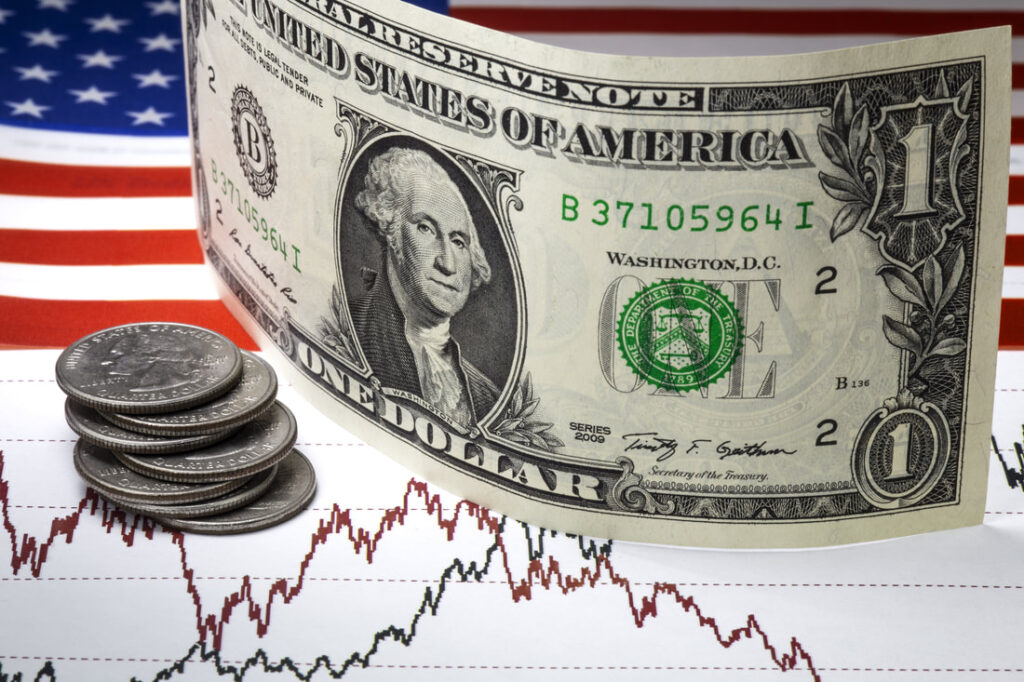Commodities remained volatile as supply concerns grew, inflation fears persisted, and the Fed pledged to keep inflation under control despite fears of a recession.
Recent comments by Fed officials imply that financial market volatility has not deterred them from raising interest rates further.
Several Fed members this week sent a hawkish message, demonstrating their tenacity in the fight against inflation and reiterating that the Fed’s goal is managing inflation and that they are unwilling to reverse course.
This caused the US Dollar Index to rise from 110 to above 112, while US 10-year treasury yields rose to 3.83 percent from 3.55 percent earlier in the week.
Nonetheless, commodities have managed to maintain their gains. COMEX gold prices rose sharply to $1,730.5 per troy ounce, from a two-and-a-half-year low of $1,622.2 per troy ounce last week. Base metals gained traction in the second half as a result of the London Metal Exchange’s decision to limit new supplies of the metals from Russia’s Ural Mining and Metallurgical Co and one of its subsidiaries.
Brent and WTI Crude futures have risen the most in the non-agricultural commodities arena, reaching around three-week highs as a result of an OPEC supply cut of more than 2 million barrels per day beginning in November.
Weaker manufacturing PMI data earlier in the week raised optimism that the Fed might halt the pace of rate hikes; but, a solid ADP payrolls report and repeated hawkish language by Fed members added to signals of the Fed’s unwavering commitment to monetary tightening.
According to the US ADP data, private employers added more than expected 2,08,000 jobs in September, signalling labour market strength, while the Services PMI expansion remained steady in September at 56.7. In contrast, US unemployment claims jumped by 29,000 to 2,19,000 in the week ending October 1, while the manufacturing PMI fell to 50.9, the lowest level since May 2020. Overall, economic data showed that the US economy is robust enough to withstand rising interest rates.
According to the widely followed FedWatch tool, markets have priced in a 73 percent chance of a 75 basis point rate hike at the November meeting, and a strong government employment data due today is likely to boost it higher.
Furthermore, the European Central Bank’s (ECB) September monetary policy meeting revealed policymakers’ concern that inflationary pressures caused by the euro’s depreciation could worsen if monetary policy accommodation is not reduced promptly.
Furthermore, the International Monetary Fund (IMF) Managing Director Kristalina Georgieva warned that the outlook for the world economy was “darkening” as a result of the COVID-19 epidemic, Russia’s invasion of Ukraine, and climatic calamities on all continents. In accordance with this, she stated that the IMF will decrease its prediction for global growth of 2.9 percent in 2023 next week, citing growing risks of recession and financial instability.
The impending data releases, particularly the non-farm payrolls print from the United States, may have a significant impact on the dollar’s movement in the coming sessions. Higher-than-expected payroll data may only strengthen the case for another 75 basis point rate hike at the November meeting.
Commodities may see higher volatility next week when Chinese markets return from their Golden Week holiday. Traders will also be looking for US retail sales and inflation statistics next week for more information on the US economy.

